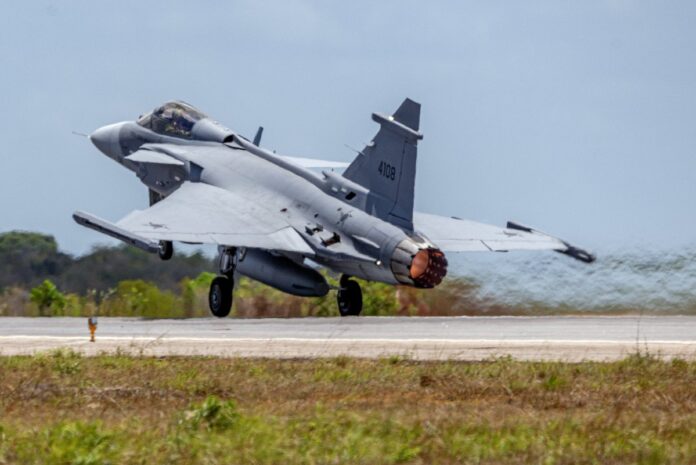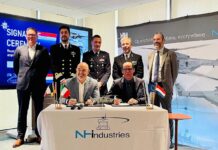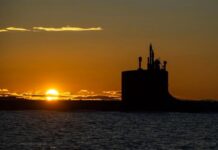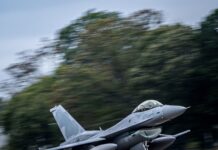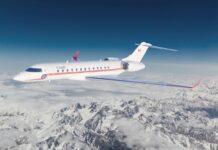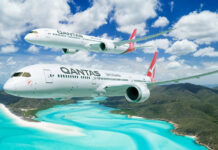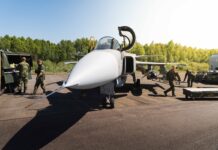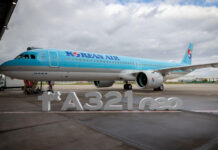In addition to participating in composite air missions, F-39E Gripen acts as the Opposing Force in the exercise scenario.
One of Cruzex’s main features is its dynamism. Throughout this highly complex exercise, combat aircraft from the participating countries take on dual roles, acting both as the Allied Force and as the Opposing Force. In this context, the Brazilian Air Force’s (FAB) F-39E Gripen is crucial, executing Defensive Counter Air (DCA) operations.
“At Cruzex, we operate on both sides, as the Allied and the Opposing Force. For us, it’s essential to train with F-39E Gripen in varied situations, facing aircraft from different nations, each with distinct technologies and doctrines,”
Major Aviator Vitor Cabral Bombonato, Operations Officer of FAB’s 1st Air Defence Group
DCA operations are typically carried out by the Opposing Force, with aircraft alerted by air defence radars that scramble fighters on standby, either on the ground or in the air to respond and prevent an attack, blocking the Allied Force’s mission. During these actions, pilots use, in a simulated manner, the available tactical systems and weapons to achieve their objectives.
Once again, the technologies embedded in F-39E Gripen – such as tactical systems, self-protection, electronic warfare, and simulated weapons – are fundamental in raising the level of mission difficulty, making it a challenging threat in the training environment.
“We will always fly in mixed formations of fighter jets, alternating the side of the simulated conflict throughout the exercise. This means that in one mission, for example, F-39E Gripen will fly alongside the F-5M, but in the next, it will engage against the F-5M. The same applies to other aircraft such as the F-16 and the F-15,”
Lieutenant Colonel Aviator Ramon Lincoln Santos Fórneas, commander of the 1st Air Defence Group (1st GDA).
In the missions carried out during the exercise, F-39E Gripen acted as the Opposing Force against the F-5M and F-15C fighters from the air forces of Brazil and the United States.


